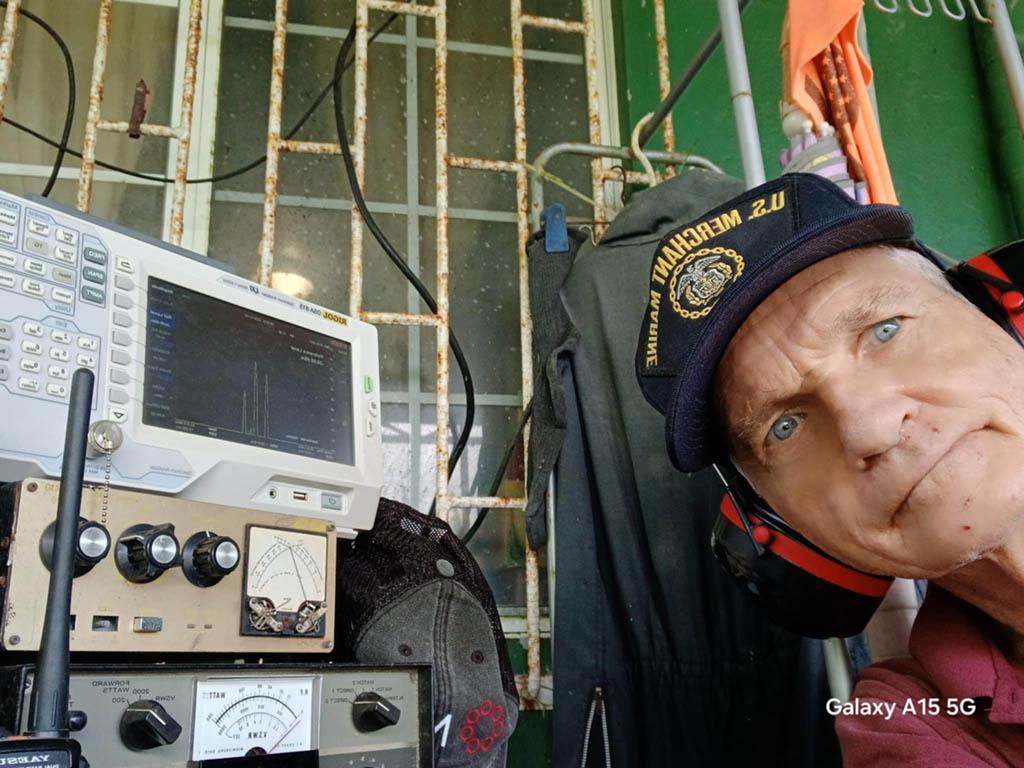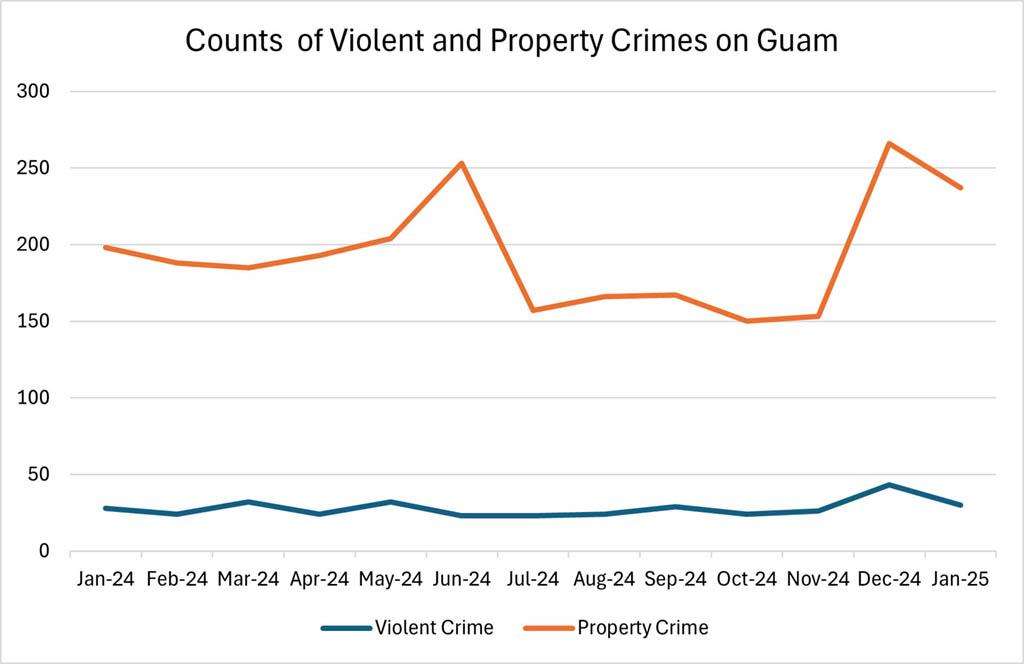BY OYAOL NGIRAIREKL
Journal Staff
A little more than 10 years ago, people were questioning why we would need anything faster than 3G — after all we were already able to text each other on our Blackberries or Nokias, read and send emails, and even take photos on our flip phones and send those to each other.
Robert Kelley, president of Telecommunications and Business Consultations, said looking back at the last 10 to 20 years you can easily see the rapid changes in the industry, and he said there’s more of that to come.
“The penetration of wireline phones in residences has dropped tremendously in Guam. Probably one in four, or one in three houses at most have landlines where people can call the house. Everybody who lives in the house has their own cell phone,” he said.

Kelley
Kelley said technology has changed so much in the last 20 years. It has pulled together into one device what used to be bulky or numerous gadgets that were sold in places like Radio Shack — including hand-held language translators, mini-portable TVs, video cameras, mini cassette recorders, walkmans or discmans, calculators, pagers and small hand-held games.
“We’ve replaced all of these devices with one … the smart phone,” he said. “And another thing, are you going to a video store to rent a movie? No, you go online and download something from Netflix or Amazon…. And I point this out to say that the smart phone is what has replaced so much of the technology and what we’re using today and that fits into what the carriers are doing and the new features the carriers are using today.”
As digital technology has improved so has an increase in what Kelley calls “cord cutters,” people who are getting rid of cable TV because they are watching TV through IP interfaces.
“Whether it’s Netflix, or in my case Sling Orange or Sling Blue — I get all the cable channels (like) Home and Garden, Fox, CNN, MSNBC, ESPN. I get all of that on my data circuit, so I don’t even have a connection to cable TV anymore,” Kelley said.
He said the introduction of more applications for smart phones also has made it more convenient for people to watch their favorite television shows while in restaurants or standing in a line, or to maintain communication with family members or colleagues while traveling.
“With the smart phones there are different levels of sophistication in terms of how they are used,” he said. Kelley has multiple phone numbers on one phone, which makes sense for him as travel is a large part of his person and professional life. The different numbers via different providers from Guam and the U.S. mainland makes it easier for anyone to get hold of him — and vice versa — from wherever he is in the world.
The technology that allows him to do that isn’t new. However, it has advanced to where it’s not as expensive as it used to be: “I remember in Guam when it would cost 40 cents a minute to make a call. Now you get unlimited for $30 a month.”
“Two things are happening, the cost of telecoms is going down, down, down but the amount of usage is going up, up, up,” he said.
Kelley said the local capacity has increased as providers continue to invest into their infrastructure.
He pointed to Netflix, noting that Guamanians wouldn’t have been able to “watch Netflix in 1999 or even 2002 the way you can today,” he said.
“The one thing that makes Netflix work well is the fact that we have on Guam servers for Netflix. When you connect to a movie that is a popular one … (or) you got hundreds or even thousands of people watching a Netflix series in Guam, they all don’t connect to somewhere in the U.S. mainland for that, they connect to a server in Guam and also our regional areas connect to the server on Guam.”
He said Guam is also very important as a gaming center because it’s got equal latency with Japan, Korea, Philippines, Singapore and Australia. “Everyone is playing on a competitive playing field … whereas if you had Singapore as a server, the people in Singapore would have an advantage over everybody else.”

The GTA Data Center Ram data center is a $13 million joint venture of TeleGuam Holdings LLC which does business as GTA and Ram Telecom International for the cable landing facility and data center in Piti through Gateway Network Connections LLC, built by Pacific Rim Constructors
Inc.
Journal file photo
Guam has become a hub for fiber optics and traffic from our region passes through the island as it goes to different countries. Kelley said Guam’s role as a hub for the region is only going to grow. Docomo Pacific, GTA and IT&E are building data centers in Guam.
“A data center is a place that has multiple fiber optic connections on the island and connects to the cable stations —of which we have four in Guam — with multiple cables coming into each cable station, and that allows both data services to come from one point on one cable and be put on another cable to proceed on to Hawaii, or the West Coast U.S., or Australia or wherever it needs to go,” he said.
The 5G technology will also become more important as its usage broadens in Guam, he said.
“One of the things we have to do as we’re advancing as we start moving into applications that require instantaneous information exchanges, we’re going to be needing to … actually talking a lot about the cloud. But we need to put functional data systems on the edge of the cloud so that we can have faster responses so we could eventually — and we’re moving toward this —have things like smart cars … they have to be able to communicate … in milliseconds so they can properly not only drive to the right place but take emergency evasion so they can (fully) become self-driving.
“That’s where the 5G networks that are going in are going to be key for Guam.” mbj



















